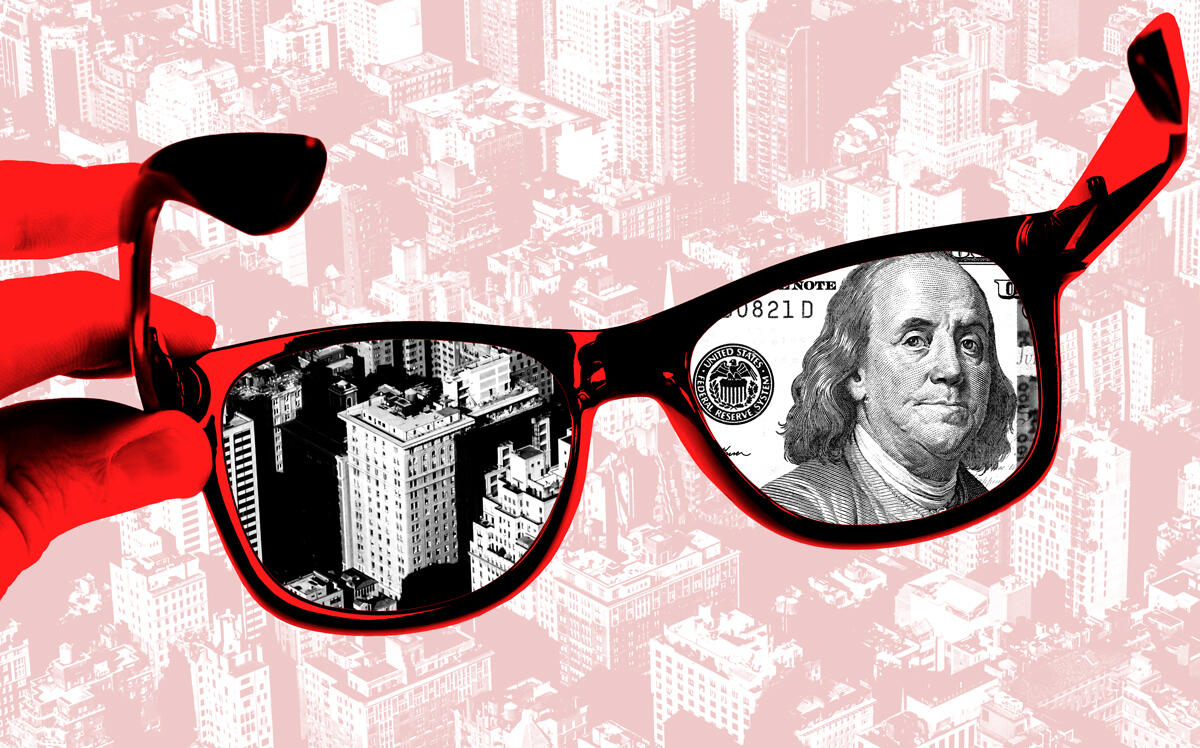Trending
TRD Pro: Putting Manhattan rents’ wild ride in perspective
Covid fluctuation was blip on surprisingly modest upward trajectory

The following is one of the hundreds of data sets available on TRD Pro — the one-stop real estate terminal that provides all the data and market information you need.
Rents have risen in New York City. Also, the sky is blue and water is wet.
But a historical comparison of Manhattan rents reveals just how drastic the increase has been over the past 24 months — and how modest it has been over 12 years. More on that below.
According to studies by appraisal firm Miller Samuel and data collected from the Real Estate Board of New York and brokerage Douglas Elliman, the median Manhattan monthly rent has increased by nearly 15 percent from last year and now exceeds $4,000 per month.
![[Source: Miller Samuel, Inc. — REBNY, Douglas Elliman]](https://static.therealdeal.com/wp-content/uploads/2022/12/Oct22MHTrent-conc-scaled-1.jpeg)
[Source: Miller Samuel, Inc. — REBNY, Douglas Elliman]
After rents fell off a cliff with the Covid shutdown in March 2020, falling below where they were in 2010, they began a 43 percent climb though October of 2022, when they reached an all-time high.
It’s worth noting that the Covid fluctuation was essentially a blip on rents’ steady but modest trajectory upward. Rounding off the totals in the chart above, Manhattan’s median rent was around $3,000 a month in October 2010, about $3,600 in January 2020, and just over $4,000 last month.
That works out to an annual increase of roughly 2.5 percent — a fact usually ignored by media coverage of the 40-plus percent jump in rents since the Covid bottom.
The return of Covid refugees to the city along with surging mortgage rates have driven more consumers to the rental market, eating up supply and pushing prices higher.
The Federal Reserve’s effort to combat inflation could eventually cool consumer demand to the point where rents follow suit. There are signs that they, along home prices, are leveling off, if not retreating.




